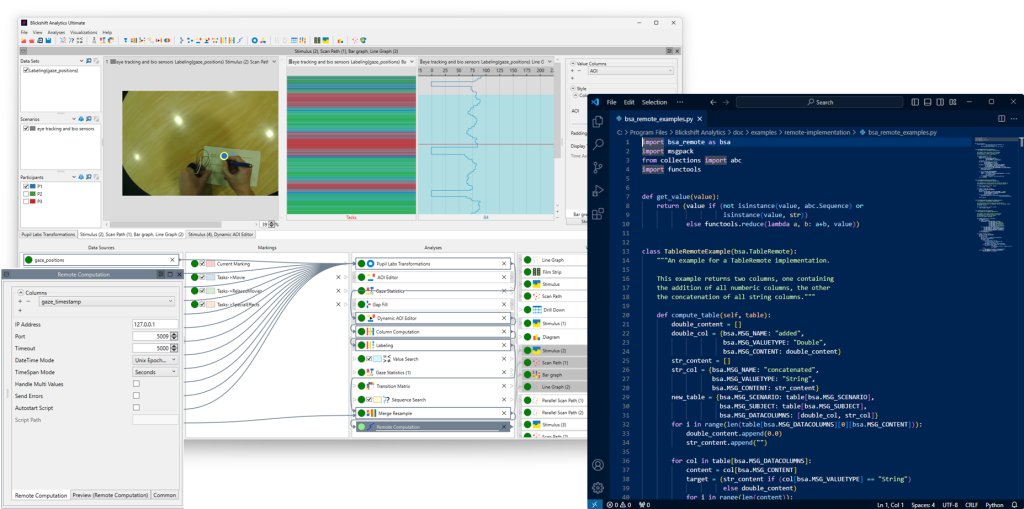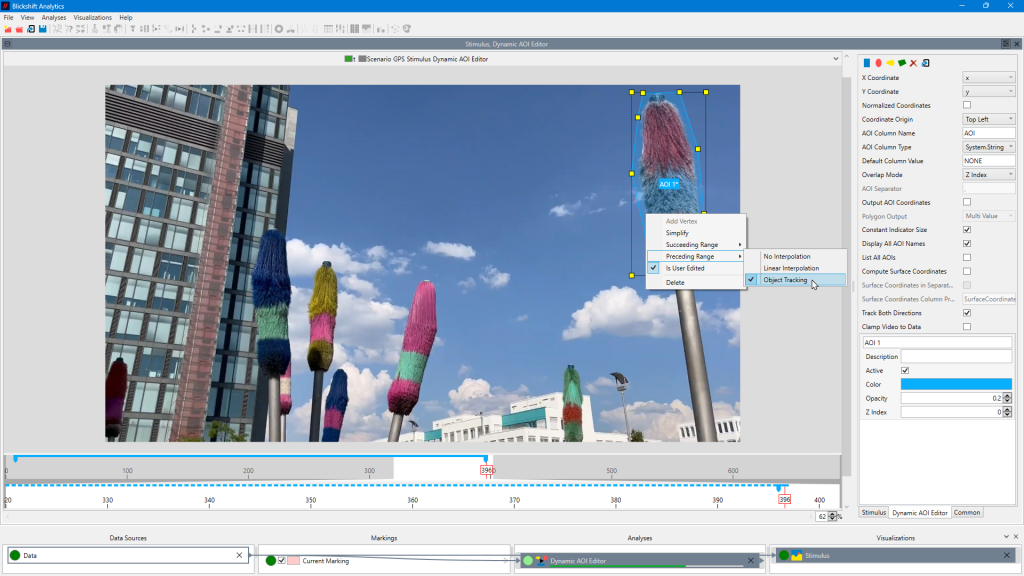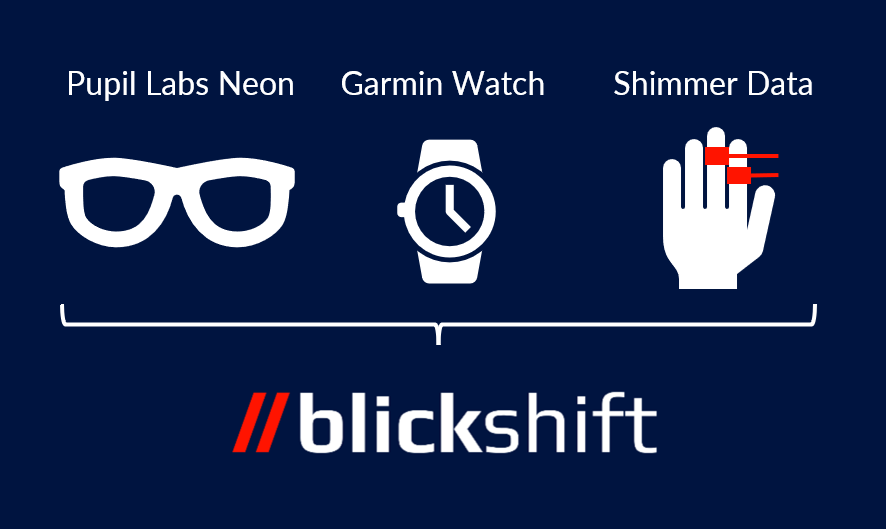New version of Blickshift Analytics is here!
Today is a great day for the eye tracking community. We are releasing the next major update to Blickshift Analytics. And with it, a fantastic new component that will make the daily work of eye tracking researchers much easier. From now on, existing Python scripts can be integrated directly into the analysis in Blickshift Analytics. This eliminates the tedious manual import of the data files modified by the script into our analysis software. Python scripts are now simply integrated directly into the workflow via the new remote computation node.
One of our most popular features in Blickshift Analytics has become even better with the major update: The dynamic AOI editor is faster and delivers even better recognition quality of visual objects in the subjects’ field of vision. The component is used in many different eye-tracking applications and our users are always impressed by how much time they can save when annotating their videos with areas of interest. You can find detailed information on the dynamic AOI editor in this blog article.

Existing Python scripts can be integrated directly into the analysis in Blickshift Analytics with the remote computation node

The dynamic AOI editor is now faster and delivers even better recognition quality of visual objects
Let’s take a look at the new highlight:
Interactively integrated into the analysis workflow, the new remote computation node connects the Blickshift Analytics data model directly to a Python script that is executed in a Python development environment. We offer extensive support for the integration of existing Python scripts or the development of new Python programs. In addition to a very good and detailed help section in the program manual, which contains all the necessary information on the data exchange protocol used, several Python sample files are supplied with the new version of our software. These can be opened directly in the Python development environment and adapted to your own requirements.
The data exchange between the script and Blickshift is controlled fully automatically and the eye tracking researcher can concentrate fully on the script development, supported by the diverse visualization options and analysis methods of our software. This also eliminates the time-consuming implementation of visualizations with other visualization frameworks or libraries. This saves time, nerves and, above all, allows our users to concentrate on the essential tasks: Algorithm development and validation, without having to re-implement or connect fundamental functionalities.
This further reduces the time required to analyze eye tracking data and at the same time enables the sustainable use of existing analysis scripts. The power of Python and the libraries implemented in it open up completely new possibilities for extensive statistical calculations or the integration of AI processes.

We now natively support the import of:
- Exported files from Shimmer Consensys software
- Pupil Labs Neon data exported from the Pupil Cloud
- Garmin TCX or GPX files
The automatic conversion of Unix timestamp data into the DateTime format was also frequently requested. This conversion now takes place automatically during the import.
An elegant new feature in the Importer now allows the assignment of scenarios and subjects based on timestamps. This particularly simplifies the import of data streams from different sensors that simultaneously record data from a subject and save it in different files.
